Positioning and legitimacy in recent
Cornish dictionaries
Merryn Davies-Deacon, Queen’s University Belfast
m.davies-deacon@qub.ac.uk
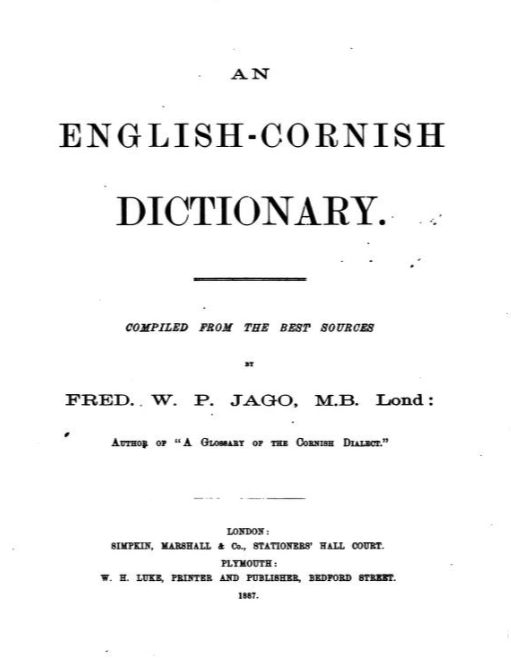
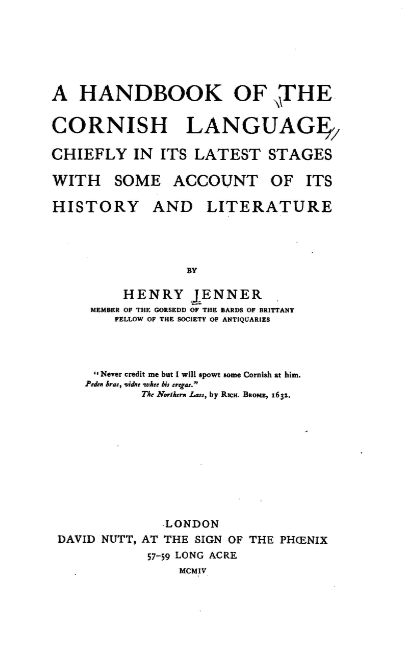
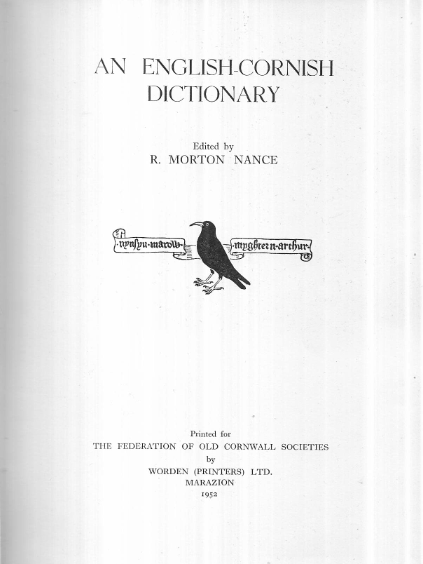




“Originally, SWF was to be a single written form; all users of Revived Cornish would write the language the same way, even though they might use differing pronunciations. It is, however, impossible to have a single written form which encompasses Middle and Late”
| RMC | RLC | |
|---|---|---|
| Main | konna | kodna |
| Traditional | conna | codna |
“The SWF recognises Revived Middle Cornish, Revived Late Cornish, and Tudor Cornish as variants of equal standing … variations that reflect a difference in pronunciation between RMC and RLC are accommodated by alternating forms using variant graphs”
Traditional graphs “do not have equal status … and will not appear in elementary language textbooks or in official documents”

Points of interest
- Importance of names: how varieties are given authority, how they are positioned and described by their proponents
- Association of specific orthographies with specific lexical practices
- Potential anonymity of the standard
“hegemonic languages in modern society often rest their authority on a conception of anonymity … If the ideological complex of anonymity acknowledges the social roots of a given public speaking position at all, it represents them as transcended. But more often such social origins are simply erased ideologically. … Ideally, the citizen participating in public discourse speaks in what we would call a ‘voice from nowhere’.”
Some recent dictionaries/lexicographic publications
- Kernowek Standard: Williams, N, J. A. (2014). Geryow gwir: The lexicon of revived Cornish. 2nd edition, Cathair na Mart: Evertype.
- SWF (Middle, Main): Harris, S. et al. (2019). A learners’ Cornish dictionary in the standard written form. 2nd edition, Redruth: Ors Sempel.
- Kernewek Kemmyn: George, K. J. (2020). An gerlyver meur. 3rd edition, Penzance: Cornish Language Board.
- SWF (Late, Traditional): Kennedy, N. (2022). The annual English–Cornish dictionary 2022. Lostwithiel: Cussül an Tavas Kernôwek.
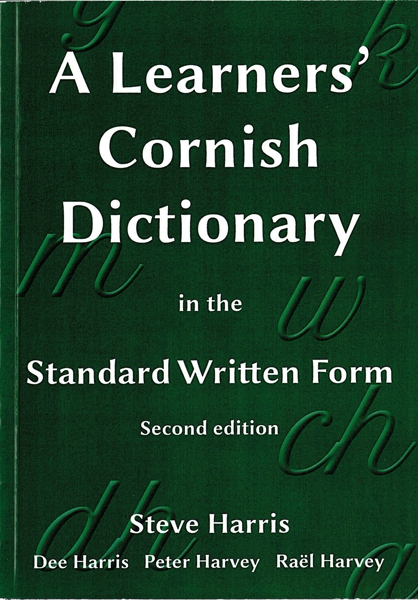
A learners’ Cornish dictionary (2019)
- “Frequent requests from students for a printed SWF dictionary have inspired the production of this volume.” (p. 3)
- Readers advised to “consult their teacher” (p. 49), references to graded Kesva exams
- “To ensure that this dictionary is as easy to use as possible by children, other learners, and those producing material for use in public life, there are no spelling variants.” (p. 3; my emphasis)
The annual English–Cornish dictionary (2022)
- Excludes some variant forms and introduces others “which the Cussül hopes will be accepted” (p. 9)
- “the wholesale borrowing of words from [Breton and Welsh] is unneeded and strengthens the harmful impression that Cornish has been made-up from stale left-overs and neighbourly hand-me-downs” (p. 4)

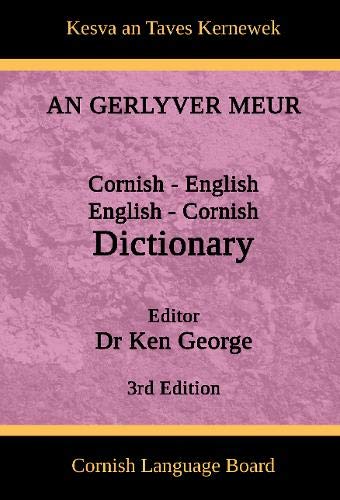
An gerlyver meur (2020)
- Title: potentially opaque
- KK: an “improved spelling” (p. 9); “This dictionary uses Kernewek Kemmyn because it is the best orthography available.” (p. 10)
- “The standard of pronunciation of many speakers is low” (p. 11); compare the Learners’ dictionary: “the language community itself will decide the future development of Cornish” (p. 39; re feminised forms)
- Lexical expansion: Breton and Welsh are favoured, English not given “any special priority” (p. 7)
- “Cornish is the national language of Cornwall” (p. 5)
Geryow gwir (2014)
- “Cornish is unlike both Welsh and Breton in that it lacks native speakers. The closest learners of Cornish can come to the traditional language is in the Cornish texts in their original spelling. These should be the touchstone for our own attempts to speak and write Cornish.” (pp. xvi–xvii)
- No references to orthography; quotations in original spelling
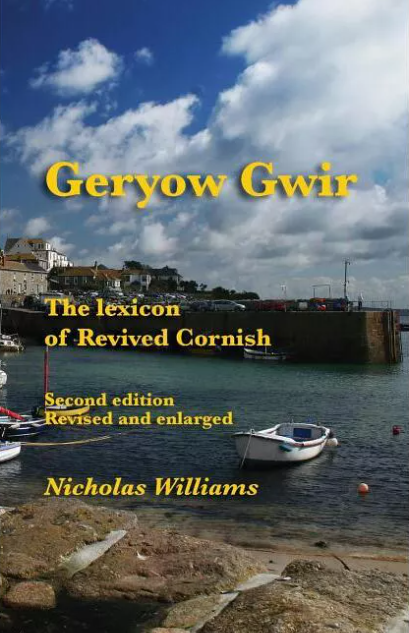
Some conclusions
- SWF is not a de facto standard (did it aim to be?)
- Misunderstandings about variants
- Persistence of earlier ideologies prevents adoption of a single standard; SWF’s ideologically neutral stance is unappealing